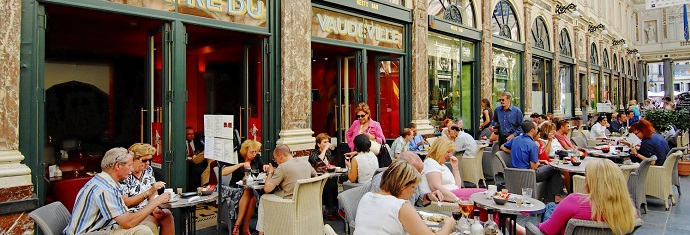The harmonized index of consumer prices (HICP) for October in the euro area rose by 0.2% month-on-month while the year-on-year rate fell by 0.1 percentage points to 2.5%. Core inflation, excluding energy and food, repeated its figure of the previous month of 1.6% year-on-year. We should interpret these figures positively as both core inflation and general remain at relatively low levels. Although it’s true that the inflation rate is high if we take into account the context of economic weakness in the euro area, it’s also true that this is largely due to the impact of higher taxes and administrative charges in some countries. It’s therefore not indicative of inflationary pressures.
During October, the two types of spending that reported sharp rises in their prices were clothing & footwear and education. In both cases, they recorded month-on-month growth of 2.2%. In the first case the rise was due to the change of season but was lower than the figure for the same period last year, so year-on-year inflation for clothing & footwear fell from 1.6% to 1.2%. However, the rise in academic charges was substantial, as year-on-year inflation for education rose from 0.5% to 3.0%. This type of spending represents 1.0% of the shopping basket so that it has not had a severe effect on the HICP in spite of its considerable increase.
These inflationary pressures were more than offset by the month-on-month falls in prices for transport (-0.6%), communication (-0.4%), leisure & culture (-0.3%) and, lastly, hotels & restaurants (-0.3%). Moreover, energy prices took a break in October with a month-on-month drop of 0.5%. This reflected the trend of contained crude prices that started in September and continued in October.
By country, price stability continued in France and Germany. In both cases, general inflation was 2.1% year-on-year. It’s important to note the fall in Italy, whose inflation dropped by 0.6 percentage points, specifically down to 2.8% year-on-year. There are two reasons behind this fall. Firstly, a widespread decrease can be seen in almost all types of spending. This movement is influenced by the huge weakness in economic activity. In addition, the effects of the hike in value added tax (VAT) from 20% to 21% in October 2011 have disappeared. However, in Spain it has risen by 0.1 percentage points to 3.5%, a level that can basically be explained by September’s hike in VAT and the coming into force of higher charges for education in October.
For the euro area as a whole, year-on-year inflation over the next few months might see a slight downward slide and, in fact, by the middle of the year it could fall below 2%, as recognized by the European Central Bank itself.






Be the first to comment on "Contained prices in the euro area"